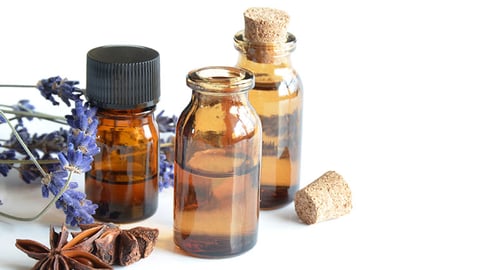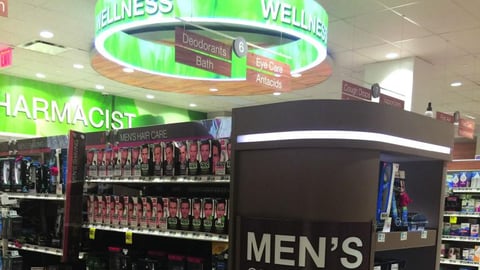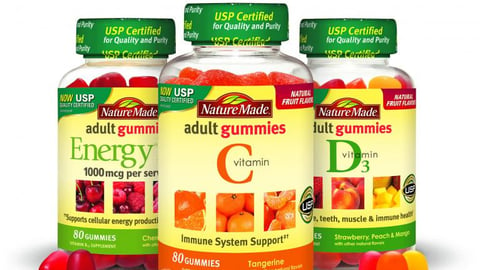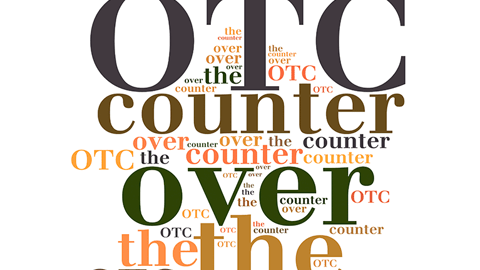-
Cost issues aside, outlook solid for continued rise of specialty Rx
Specialty and biotech medicines aimed at treating cancer, multiple sclerosis and rare diseases will dominate much of drug development in 2017 and beyond, one of the nation’s top specialty pharmacy providers concluded.
(To view the full Category Review, click here.)
-
Key approvals see big sales in first months
Among the 22 novel new drugs approved by the Food and Drug Administration in 2016, about half were considered specialty drugs, and Diplomat identified four key specialty approvals that innovate in certain categories. Two of these were in the hepatitis C space, which has driven specialty growth for several years.
(To view the full Category Review, click here.)





 Consumers buying homeopathic remedies base those decisions on two factors: products that are safe and efficacious. The products have to work, or they wouldn’t earn the repeat purchases that are helping to drive sales.
Consumers buying homeopathic remedies base those decisions on two factors: products that are safe and efficacious. The products have to work, or they wouldn’t earn the repeat purchases that are helping to drive sales.
 Twenty years ago this month, I put on what was then my “lucky” tie, this horrible, neon yellow number from Banana Republic — it wore more like a bad Hawaiian shirt than a tie — and I started a new job as senior editor for OTCs and natural health at Drug Store News.
Twenty years ago this month, I put on what was then my “lucky” tie, this horrible, neon yellow number from Banana Republic — it wore more like a bad Hawaiian shirt than a tie — and I started a new job as senior editor for OTCs and natural health at Drug Store News.



